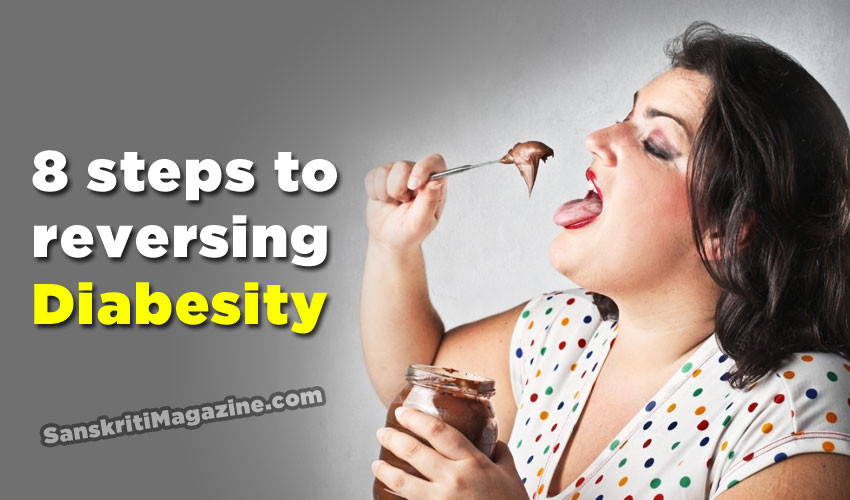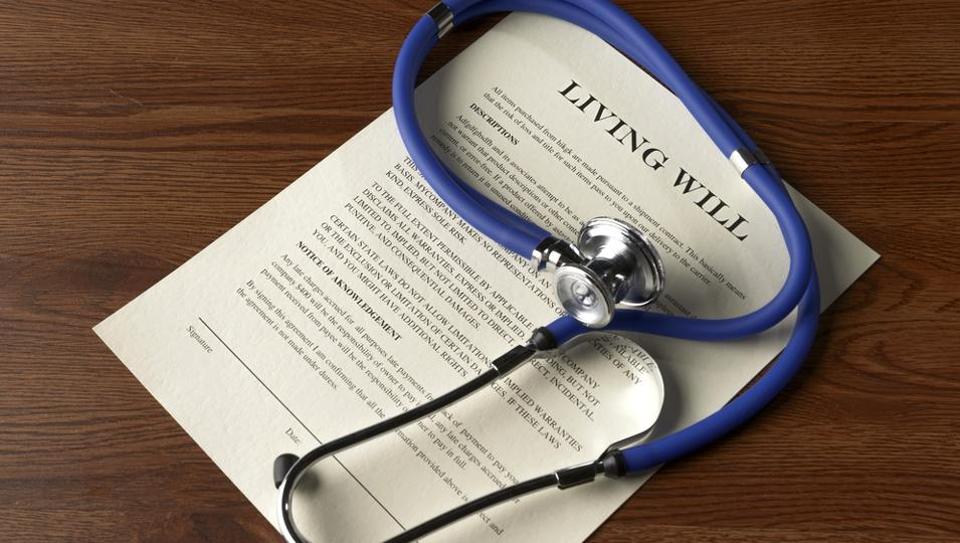The entire spectrum of diabesity including all of its complications — diabetes, elevated blood sugar, blood pressure and cholesterol — are simply downstream symptoms that result from problems with diet, lifestyle, and environmental toxins interacting with our unique genetic susceptibilities.
Those are the real causes of diabesity.
And the reason these dietary and lifestyle factors lead to diabesity is because they create a condition known as insulin resistance. Contrary to what most people think, Type 2 diabetes is a disease of too much, not too little, insulin. Insulin is the real driver of problems with diabesity.
When your diet is full of empty calories and an abundance of quickly-absorbed sugars, liquid calories and carbohydrates (like bread, pasta, rice and potatoes), your cells slowly become resistant to the effects of insulin and need more and more to do the same job of keeping your blood sugar even. Thus you develop insulin resistance. A high insulin level is the first sign of a problem. The higher your insulin levels are, the worse your insulin resistance. Your body starts to age and deteriorate. In fact, insulin resistance is the single most important phenomenon that leads to rapid and premature aging and all its resultant diseases, including heart disease, stroke, dementia and cancer.
As your insulin levels increase it leads to an appetite that is out of control, increasing weight gain around the belly, more inflammation and oxidative stress, and myriad downstream effects including high blood pressure, high cholesterol, low HDL, high triglycerides, weight gain around the middle, thickening of the blood and increased risk of cancer, Alzheimer’s and depression. These are all a result of insulin resistanceand too much insulin. Elevated blood sugar is not the source of the problem.
And because insulin resistance (and diabesity) are a direct outcome of diet and lifestyle, the condition is 100 percent reversible in the vast majority of cases. Most people just need to eliminate the things that are sending their biology out of balance and include what’s needed to help the body rebalance itself. For most, the interventions required are extremely simply and extraordinarily effective.
Below are eight steps outlined in my book “The Blood Sugar Solution,”:
1. Get the right tests.
Most doctors focus on fasting blood sugar. This is actually a poor indicator of diabesity. The best test to tease out the condition is an insulin response test where insulin levels are measured fasting and then 1 and 2 hours after a glucose drink. Demand this test from your doctor.
2. Get smart about nutrition.
Despite the media hype and the seeming confusion amongst doctors, the basics of nutrition are extremely simple. Eliminate sugar and processed carbohydrates, include whole real foods like lean protein (chicken or fish), veggies, nuts, seeds, beans and whole grains.
3. Get the right supplements.
There has recently been a frenzy of negative reports about supplements. Most of them are unfounded. Supplements are an essential part of treating diabesity. A good multivitamin, vitamin D, fish oil and special blood sugar balancing nutrients like alpha lipoic acid, chromium polynicotinate, biotin, cinnamon, green tea catechins and glucomannan should also be included.
4. Get relaxed.
Stress is a major unrecognized contributor to insulin resistance and blood sugar imbalance. Push your pause button every day with deep breathing, visualization, yoga and other relaxation techniques.
5. Get moving.
Aside from changing your diet, exercise is probably the single best medication for diabesity. Walk for at least 30 minutes every day. For some, 30-60 minutes of more vigorous aerobic exercise 4-6 times a week may be necessary.
6. Get clean and green.
Environmental toxins also contribute to diabesity. Filter your water, look for green cleaning products and avoid plastics when you can.
7. Get personal.
While the steps above will address 80 percent of the problems with diabesity, some may need to take additional steps to optimize key areas of their biology. Remember, the medicine of the future is personal medicine. Seek out your own biological imbalances and look for ways to address them.
8. Get connected.
Research is beginning to show that we get better more effectively when we get together. Invite your friends, families and neighbors to change their diets and lifestyle along with you. Together we can all take back our health.
~ Mark Hyman, M.D. is a practicing physician, founder of The UltraWellness Center, a four-time New York Times bestselling author, and an international leader in the field of Functional Medicine.











